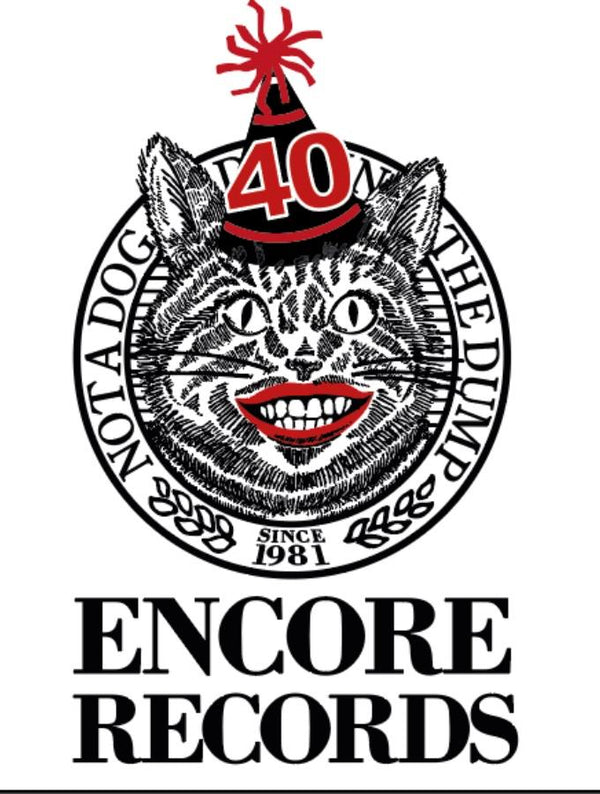Encore Records Ltd
Thelonious Monk - The Complete Albums Collection 1954 - 1957 - 5CD
Thelonious Monk - The Complete Albums Collection 1954 - 1957 - 5CD
Couldn't load pickup availability
5 Cd
Monk started playing the piano at the age of six. Although largely self-taught, he studied music theory, harmony, and arranging at the Juilliard School of Music. However, he soon moved into jazz, claimed his first residency as house pianist at Milton's Playhouse, Manhattan, during the early to mid-1940s. Much of Monk's style was developed during his time at Minton's, when he participated in after-hours cutting competitions which featured many leading jazz soloists of the time. The Minton's scene was crucial in the formulation of bebop and it brought Monk into close contact with other leading exponents of the emerging idiom.
In 1944 Monk made his first studio recordings with the Coleman Hawkins Quartet. Hawkins was one of the earliest established jazz musicians to promote Monk, and Monk later returned the favour by inviting Hawkins to join him on the 1957 session with John Coltrane. Monk made his first recordings as leader for Blue Note in 1947 which showcased his talents as a composer of original melodies for improvisation. Monk spent most of the early and mid-1950s composing, recording, and performing at theatres and out-of-town gigs. After his cycle of intermittent recording sessions for Blue Note during 1947-1952, he was under contract to Prestige Records for the following two years.
With Prestige he cut several highly significant, but at the time under-recognized, albums, including collaborations with saxophonist Sonny Rollins and drummers Art Blakey and Max Roach. In 1954, Monk participated in a Christmas Eve session which produced most of the albums Bags' Groove and Miles Davis and the Modern Jazz Giants. Davis found Monk's idiosyncratic accompaniment style difficult to improvise over and asked him to lay out (not accompany), which almost brought them to blows. However Davis, in his autobiogrpahy, claims that the anger and tension between Monk and himself never took place and that the claims of blows being exchanged were rumours and a misunderstanding.


